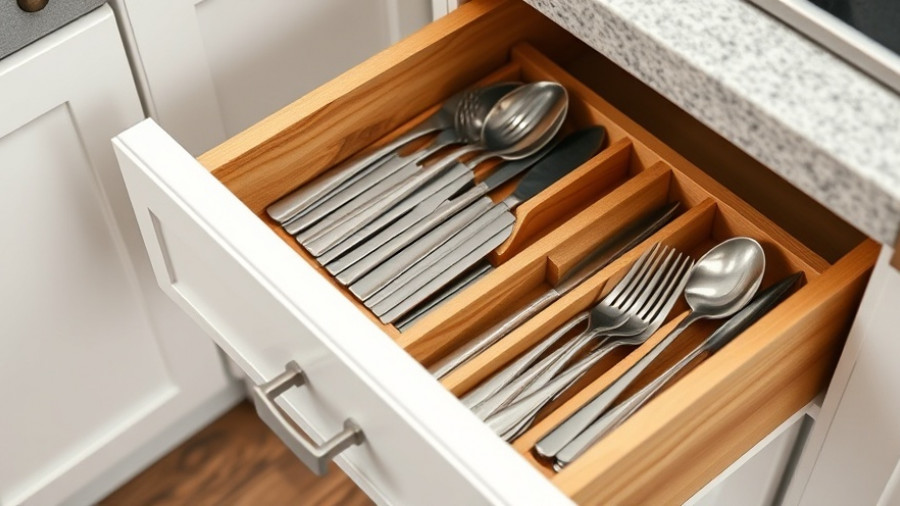
Understanding Your Generator Needs as a Homeowner
As winter approaches, homeowners face the increasing likelihood of power outages due to ice storms and adverse weather conditions. In the episode of "Ask This Old House," host Kevin and expert Heath explore the essential queries every homeowner should consider when deciding whether to invest in a generator. The first vital question is whether you truly need one. Do you live in an area prone to frequent outages? How long are outages typically? These considerations are crucial in establishing if a generator is worth the investment.
In "ASK This Old House | Paint Front Door, Generator Selection (S22 E9) FULL EPISODE," the discussion dives into essential home improvement topics, offering insights to inspire homeowners as they prepare for winter.
Generator Selection: Portable vs. Standby
Once you've determined the necessity of a generator, the next step involves understanding the different types. Heath points out that there are two primary generator types: portable and standby. Portable generators can be operational for a lower price range, approximately $1,000 to $1,500. They are perfect for those who require basic power needs like refrigerators or heating. However, they necessitate some manual intervention and fuel storage, factors that may not suit everyone. Alternatively, automatic standby generators are more expensive, ranging from $3,500 to $7,000, but they offer the convenience of automatic operation, making them ideal for homeowners who wish to maintain their normal routines during power outages.
Promising Green Alternatives: Solar Battery Systems
With an increasing focus on sustainable living, the conversation naturally progresses to solar-powered solutions. Heath highlights the growing popularity of solar battery systems that can provide electricity during outages without relying on fossil fuels. While these systems are currently more costly and may require multiple batteries for substantial power needs, they represent an exciting shift towards renewable energy in residential setups.
Enhancing Your Home’s Curb Appeal with DIY Projects
While understanding generator options is essential, home improvement doesn’t stop there. In the same episode, Mauro travels to Tulsa to assist a homeowner in revitalizing her original front door. The beauty of DIY projects is that they not only enhance aesthetic appeal but also serve practical purposes. For example, a fresh coat of paint in a vibrant color can breathe new life into an aging door. With step-by-step guidance from Mauro, viewers learn about the importance of preparation, selection of the right paint, and the techniques that elevate the finished product.
The Benefits of In-Home Worm Farming
Finally, the episode introduces an intriguing DIY venture: worm farming. Jenn elaborates on how vermicomposting can generate nutrient-rich fertilizer from kitchen scraps and how to set up a simple worm farm in your home. This skill not only aligns with environmentally conscious practices but also empowers homeowners to create a sustainable cycle in their gardens.
Why This Episode Matters for Homeowners
This episode of "Ask This Old House" provides invaluable insights for homeowners looking to improve their property’s resilience and sustainability. Whether it’s contemplating the investment in a generator, enhancing curb appeal through painting, or exploring eco-friendly gardening techniques, each segment underscores the empowerment that comes with knowledge and DIY skills.
If you’re inspired to take action in your home, whether it’s investing in a generator or embarking on a new DIY project, check local suppliers or online resources for the tools and materials you'll need.
 Add Row
Add Row  Add
Add 




Write A Comment